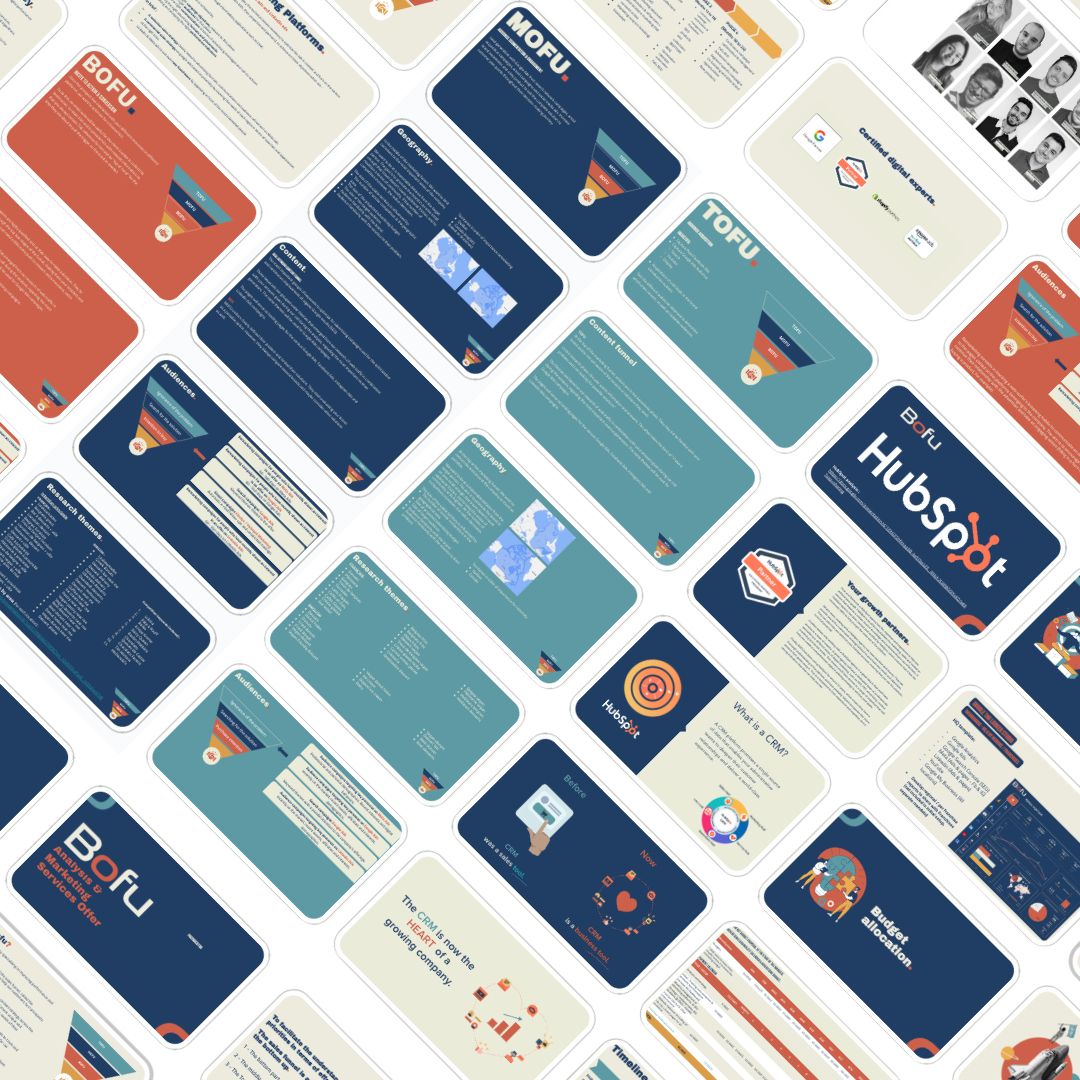Adapted from the master's thesis of Xavier Champoux , with modifications by Bofu.
Retargeting is an online marketing technique that allows advertisers to target users based on their past actions. Used effectively, it can personalize ads and increase the chances of conversion by relying on data collected from previous visits, often called third-party data or cookies. With this information, companies can tailor their messages to meet consumers' specific interests, which is often referred to as personalization or one-to-one marketing .
However, the gradual disappearance of third-party cookies and the increasing importance of first-party data require businesses to adapt their retargeting strategies to maintain effectiveness in a changing digital landscape. The evolution of retargeting, data management, and personalized strategies is essential to remain competitive in this new environment.
How does retargeting work?
Retargeting relies on the use of third-party data , which is primarily collected through cookies. When users first visit a website, these cookies track their actions and allow companies to serve personalized ads on future visits to other sites. For example, if a consumer views a product on a website but doesn’t complete a purchase, retargeting ads will show them that product later to encourage them to return and complete the transaction.
Personalization plays a key role in retargeting. By tailoring ads to each user’s preferences and behaviors, companies increase the relevance of messages and improve the customer experience. This process often relies on the use of customer relationship management (CRM) systems, which collect and centralize data to offer personalized services to users.
Companies that successfully combine retargeting data and CRM information can create highly targeted and relevant ad campaigns, increasing conversion rates. By incorporating micro-conversions , such as adding a product to the cart or signing up for a newsletter, companies can track interest indicators throughout the customer journey, optimizing each touchpoint.
The threat to retargeting with the disappearance of third-party cookies
However, the gradual disappearance of third-party cookies poses a significant threat to traditional retargeting techniques. Modern browsers allow users to block or delete cookies, and data protection regulators around the world are imposing stricter rules on the collection and use of personal information. These changes make it harder to track the customer journey, making it harder to attribute conversions to specific campaigns and calling into question the accuracy of marketing performance reporting.
The removal of third-party cookies from browsers like Chrome and Safari raises questions about how companies will be able to continue to personalize user experiences and retarget effectively. It’s critical for brands to understand that the demise of cookies goes beyond simply losing a tracking tool; it redefines how user data can be collected and leveraged for marketing.
Differences between first-party data and third-party data
With the demise of third-party cookies, first-party data is becoming increasingly essential. Unlike third-party data , which is collected by third parties via cookies across multiple sites, first-party data is data that a company collects directly from its users through its own channels, such as a website or mobile app.
This data includes information such as purchase histories, browsing behaviors, and customer preferences. It is often perceived as more reliable and relevant for personalization because it comes directly from user interaction. In addition, first-party data is generally compliant with data protection regulations because it is collected more transparently and with explicit user consent.
However, this data only provides a partial view of a user’s overall behavior on the internet. That’s why many companies complement first-party data with alternative approaches like privacy-preserving APIs , contextual targeting , or using CRM data to optimize their retargeting campaigns.
The importance of having multiple levels of conversion
An effective retargeting strategy relies on the ability to track micro-conversions throughout the customer journey. This includes not only the final conversion, such as a purchase, but also other key interactions, such as adding a product to the cart, watching videos, or downloading documents. These micro-conversions provide important signals that allow companies to adjust their strategies based on where users are in the decision cycle.
By tracking these micro-interactions, companies can refine their campaigns and adjust the timing of their advertising messages to match the stage of the customer journey. This helps avoid overexposure to advertising, which can lead to negative effects such as ad fatigue, and instead optimize the chances of conversion.
Alternatives to cookies for retargeting
In a world without third-party cookies, several alternatives are emerging to continue targeting users effectively. Among them, first-party data , which is becoming crucial to offset the loss of cookies. At the same time, solutions like privacy APIs offer ways to continue tracking users while respecting their privacy. For example, FLoC (Federated Learning of Cohorts) technology groups users based on their behaviors rather than tracking them individually, while allowing advertisers to target relevant segments.
Another approach is contextual targeting , which is based on analyzing the content of the pages visited by the user rather than their personal data. Although this method does not offer the same level of personalization as cookies, it allows for the delivery of relevant advertising based on the interests expressed by the content viewed in real time.
The importance of a CRM in this transition
In this context, a CRM becomes an indispensable tool to centralize all interactions between a customer and a brand. It allows you to manage first-party data and use it to improve retargeting campaigns, providing an overview of the customer journey. By integrating CRM data with machine learning and marketing automation solutions, companies can further improve the relevance of their campaigns, even without third-party cookies.
CRMs also help businesses build trusted relationships with their customers. By delivering personalized experiences while protecting user privacy, businesses can increase customer engagement while complying with data privacy regulations.
Impact on ROI and future prospects
The disappearance of third-party cookies may initially lead to an increase in advertising costs, due to the need to explore new tracking and personalization solutions. However, in the long term, companies that successfully integrate first-party data- driven strategies and optimize their audience segmentation using CRM tools will see an improvement in the quality of their campaigns and their return on investment (ROI) .
Looking ahead, innovations like artificial intelligence (AI) and privacy-first technologies will continue to transform how advertisers manage retargeting campaigns. The use of cohort-based predictive models and marketing automation is already making it possible to anticipate customer needs and adapt advertising strategies in real time.
Conclusion
Retargeting is a powerful tool in online marketing, but it’s undergoing a transformation with the demise of third-party cookies. Businesses must adapt to this new reality by shifting to first-party data -driven strategies and exploring alternatives like privacy-preserving APIs or contextual targeting .
To maintain the effectiveness of retargeting campaigns, it is essential to understand and implement multiple conversion levels while relying on a robust CRM . This shift represents an opportunity for companies to increase transparency and trust with their customers, while optimizing their marketing approach in an increasingly data-centric world.












